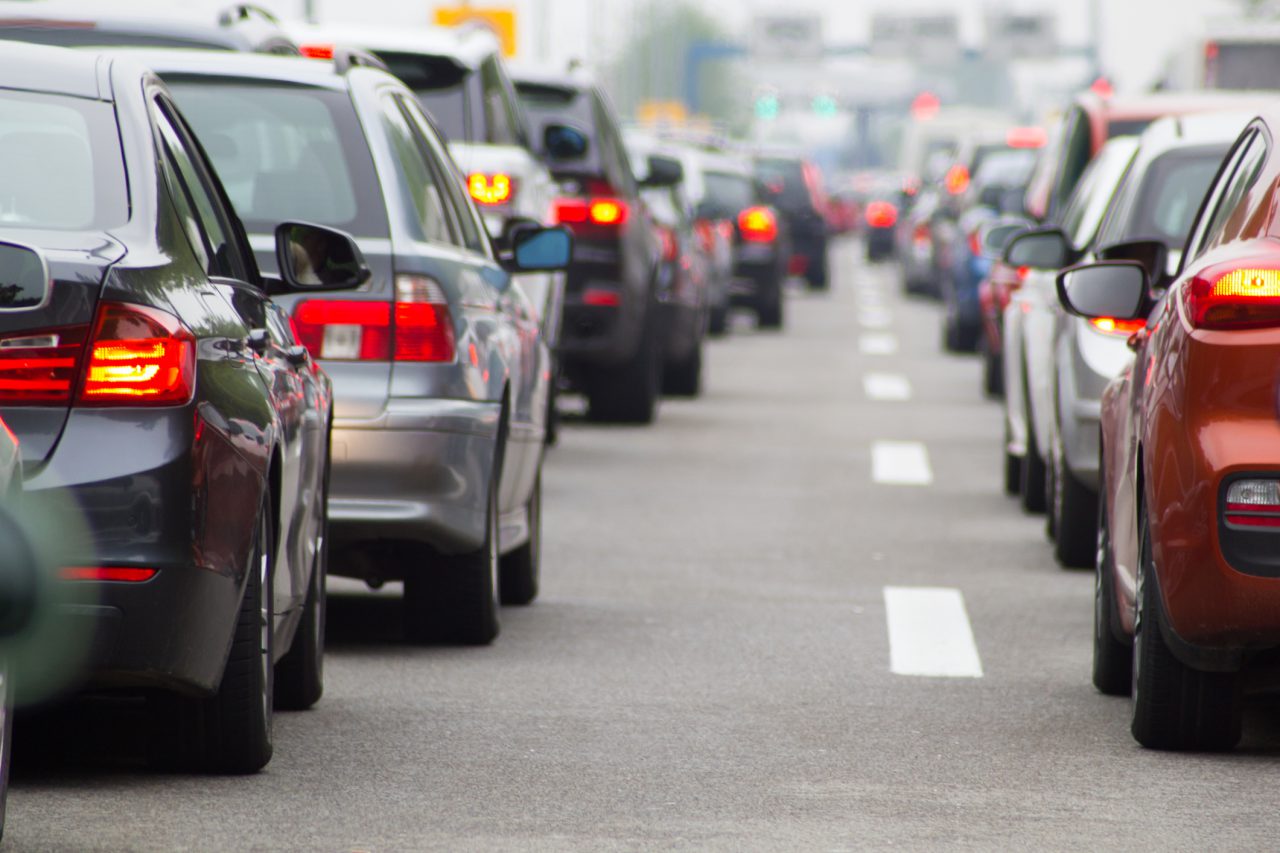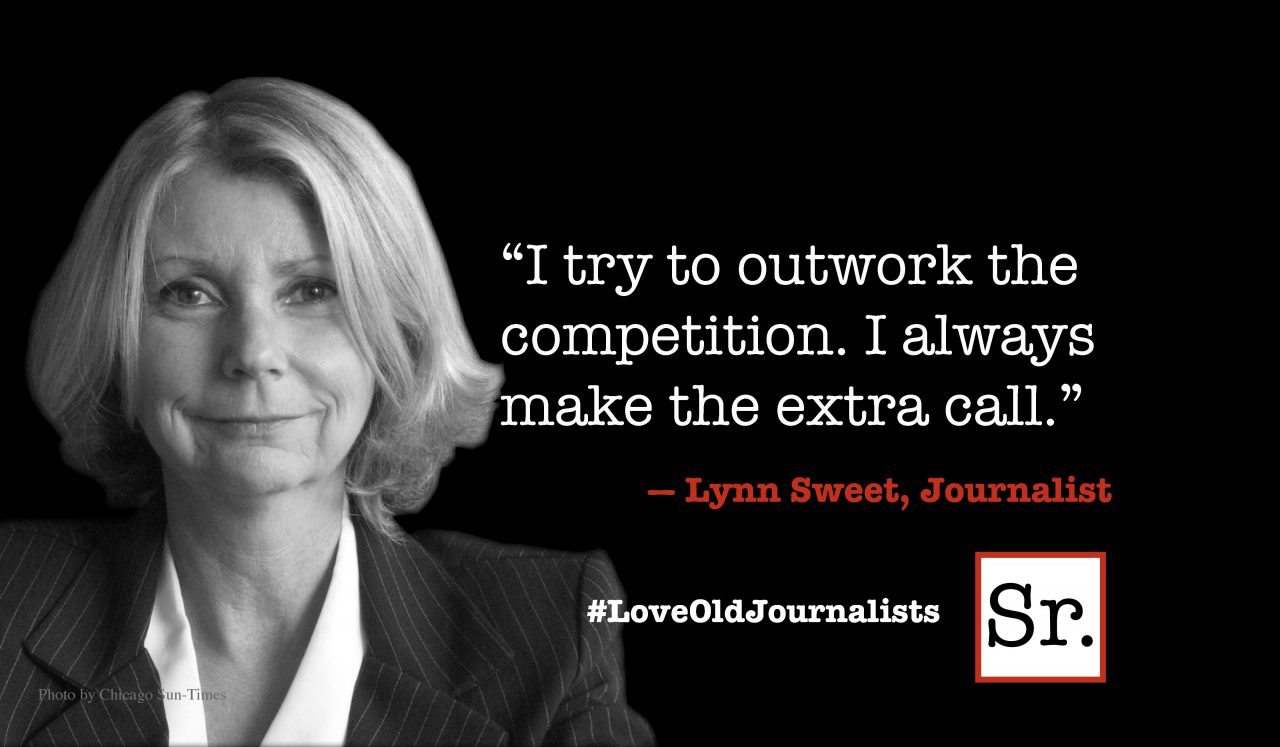Automobile manufacturing is slipping from the United States to foreign countries with lower manufacturing costs. Yet sales of privately owned automobiles continue to rise despite greater traffic problems, increased road repair costs, pollution, parking problems, the need for more traffic police and related issues.
The “shared economy” exemplified by Uber and Lyft may be an answer to these problems. The Uber/Lyft solution uses technology — computers, GPS systems, and cell phones — to help people give up their private cars and rely on a shared system. Can we take this model and make it more universal?
Uber and Lyft work because drivers and passengers are covered by large umbrella insurance policies and there are security devices in place to prevent passengers from robbing drivers and vice versa. The result makes drivers and passengers more comfortable about driving with strangers. What if these two innovations — plus a few others — were made universally available to all car owners and potential passengers?
Suppose that every licensed driver were automatically registered in a “shared ride” program. (The program could be government run or operated by private corporations, although the computer program for passenger pickup should be universal and used by all participants). To be involved in the program, a driver's record would be vetted for safety (no DUIs or serious driving violations; no criminal record), and then his or her car would be outfitted with a device to record passenger trips in the car. In return the driver would receive a special parking and driving sticker, allowing the car to use a special part of the road for driving and special parking privileges. The sticker would only be renewed so long as the driver actually drove passengers. The car would contain a clear identification of the driver. Every driver's insurance would cover the vehicle, liability and injury to any passenger regardless of whether or not a ride was being shared.
Passengers could obtain special passenger IDs. They would likewise be vetted for criminal records. Passengers would register one or more credit cards with the shared ride program. They would be able to hail a driver through the computer program online and available through smart phones. When entering a car, they would register with the driver using their driver or passenger license and would receive a receipt showing the driver's identification. The driver's recording device would send all the information to the share ride program.
This program is similar to Uber and Lyft, with a number of important differences. The insurance policy would cover the car and driver regardless of whether he was sharing a ride at the time of any accident. Drivers would be encouraged to join he program because of special parking and driving rights as well as the right to purchase cheap gasoline (just as Costco members can purchase cheaper gasoline). These differences would encourage driver participation and insure that they shared their cars for the minimum time the program required.
Drivers would earn money for sharing their cars. There would be a program fee to cover administrative costs, but drivers would have a financial incentive to share in addition to the other advantages. On the other hand, passengers would enjoy the ability to ride with all the drivers in the program. They would pay a price high enough to make the program function but low enough to inspire individuals to ride share.
This program as a whole would have enormous social advantages. Drivers would be eager to join the program. The special parking and driving privileges would make it much more difficult for people to drive without being in the program. Eventually, people unwilling or unable to drive in the program would become passengers, but they would enjoy reasonable rates. Overall, the number of cars on the road would drop — making parking and driving easier, reducing pollution, road repair costs, the need for more traffic police and the like.
Although legislation would be required to put this program into effect, it wouldn't need to be fully regulated or managed by government. Private corporations could provide insurance and register drivers. The computer system designed to guide drivers and passengers could be through a private corporation (although it would have to be a single entity in order to make the system function). However, if the system were not government run, it would be effectively a monopoly and outside governmental regulation would be needed to prevent the system operators from overcharging. There would have to be regulation to control the profits that the operators made.
Nothing would require all car owners to participate. However, the system could be adjusted to make it more and more difficult for purely private cars to drive on the road and find parking. For example, highways that were four lanes in each direction could be reserved with two lanes being used for “shared riding” cars. Such provisions would mean that car owners would need to participate in the program or else become passengers because it would be too difficult to drive in a purely private way. Finally, the society could adjust the system to allow purely private cars to function, although such cars would presumably be driven by the very wealthy and could be taxed heavily due to non-participation in the program.
The system would also cause people to “share their space” with others and learn about how others in society live. People who would not normally talk together would start learning how to do that. While it would reduce the need for employees in some parts of the economy, it would increase the need in others, and hopefully the money saved by passengers and earned by drivers would balance through the economy and keep it moving forward. In any event, this system (or one like it) would be tried out in a city like Los Angeles on an experimental basis to see whether it would work as well as it promises to.









